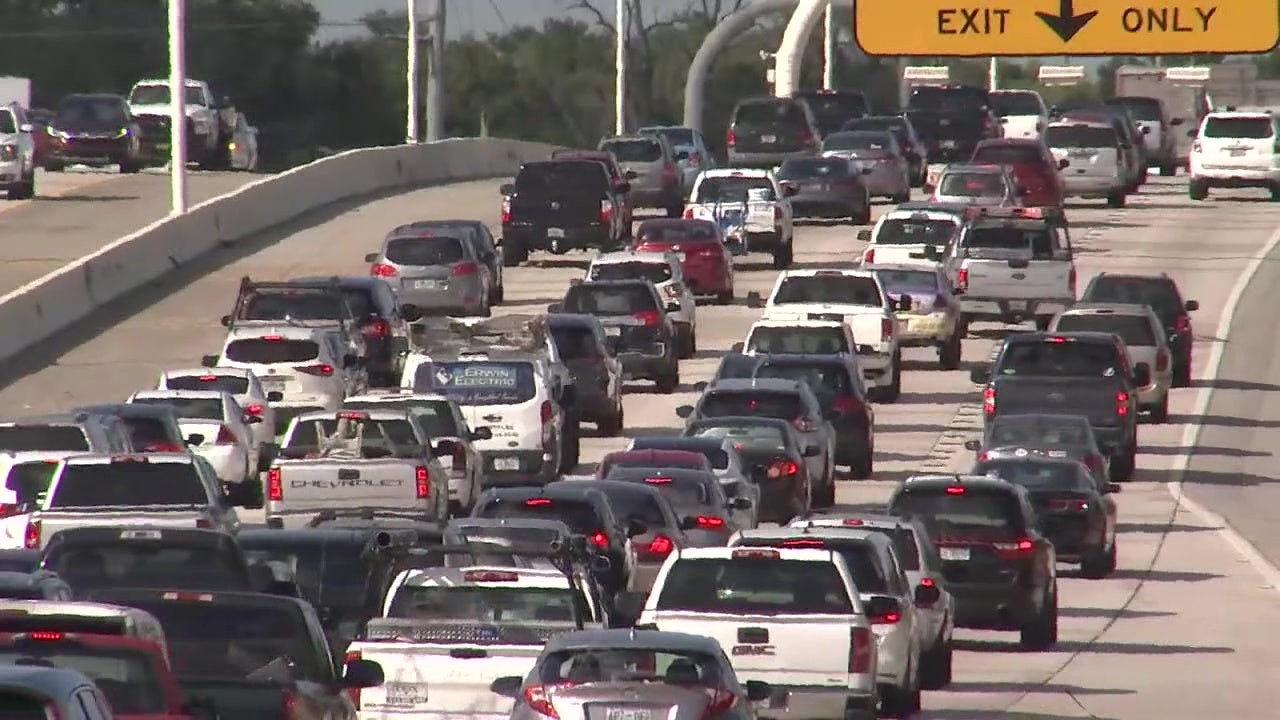Travel
State DOTs Could Fuel a Resurgence in Intercity Bus Travel — Streetsblog USA

Editor’s note: This article originally appeared on State Smart Transportation Institute and is republished with permission.
While Greyhound bus stations have been closing or relocating and Coach USA enters bankruptcy, some state DOTs are upping their investments in intercity bus service. Riders have been returning to intercity bus routes since the COVID-19 pandemic reduced demand dramatically. These routes often serve rural destinations without train or plane access, and can take the place of dozens of individual car trips.
Maine’s DOT announced it will pilot a new intercity bus route between Lewiston-Auburn and Portland that it says will serve as an indicator of demand for “enhanced public transportation” between the two regions. The bus service, aimed at commuters who travel between the two regions, was a lower-cost alternative for MDOT compared to passenger rail service, which would require hundreds of millions of dollars in capital investments for track improvements and other infrastructure.
The Virginia Department of Rail and Public Transportation will launch a fifth intercity bus route next year, the Tidewater Current, that will connect Harrisonburg to Virginia Beach. The department, which currently operates the four “Virginia Breeze” routes connecting parts of the state to Washington, D.C., saw intercity bus ridership rise 10 percent last year and has launched four new routes in the past five years.
The DOT in Washington State is also working to restore intercity bus service that was disrupted during the pandemic and once again pondering service expansions it had first considered in 2019. Other intercity bus operations managed by state agencies include Colorado’s 13-route Bustang, Ohio’s five-route GoBus system, and Oregon’s four-route Oregon Point system.
While the number of carriers, jobs, and passenger miles traveled in the industry were still only about half of their pre-pandemic levels in 2022, ridership has continued to trend upward in recent years.
The Chaddick Institute’s 2024 Intercity Bus Review predicted ridership on intercity buses will return to pre-pandemic levels by 2026—and already has reached those levels for many rural and warm-weather routes. The report also suggests that despite the negative impact of the continuing sell-off of some private terminals, the success of state-supported routes and availability of federal funding will continue to push ridership higher in the future.
Intercity bus ridership, say the report’s authors, is…
…on an upward trajectory almost everywhere, despite the amount of service provided by legacy bus lines such as Greyhound, Trailways, and interline partners apparently still being around 15-20% below pre-pandemic levels. New partnerships are allowing services to be deployed more judiciously, enabling the traffic recovery to outpace the new service added, boosting passenger loads.









